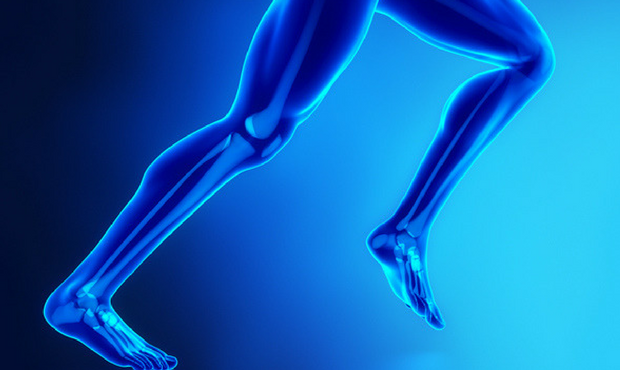
It starts with tightness on the outside of your knee and sometimes around your hip. Over the miles, that tightness turns into pain—enough pain to stop you in your tracks and keep you from training. For runners, the culprit is often an overtraining injury called Iliotibial Band Syndrome or ITBS.
"IT band issues are very common in runners—I've even gone a few rounds with it myself in the past," says Dawn Dolobowsky, a physical therapist and coach based in Kirkland, Washington. "It's frustrating because it tends to be a chronic issue, which means that is comes on slowly and takes a long time to fully recover."
The iliotibial band is a thick piece of fibrous connective tissue that runs from the outside of the pelvis over the hip and down to the knee, where it inserts. It plays an important role in stabilizing your knee when you're on the run; however, when it becomes too tight, it can hurt as it slides over the outside of the knee. Think of it like a rubber band that becomes less adaptable to movement as it is tightened.
More: How to Aggressively Treat IT Band Syndrome
ITBS-associated pain tends to materialize at the end of runs, worsening with increased mileage. "You'll stop and notice a slight burning on the outside of the knee, and it gradually worsens as you cool down," explains physical therapist Steve Gonser, founder of RunSmart Online. "Most runners suffering from ITBS can feel twinges of pain when they straighten and bend their knees."
While biomechanists haven't yet arrived at a firm conclusion on the cause of ITBS, research suggests that it may have something to do with knee and hip kinematics. Put simply, it seems that both gait and physiology contribute to the problem.
Dolobowsky explains that muscle weaknesses and imbalances are linked to these types of issues, saying, "The most common imbalance is weak glutes, specifically a weak gluteus medius—the muscle that stabilizes the hips laterally during running."
More: How to Get a Strong Runner's Butt
IT Band Syndrome Treatment and Prevention
A literature review of the various treatment options published last year in the Journal of Sports Medicine suggests that resting 2 to 6 weeks, stretching, and cutting back on running provided relief from ITBS for 44 percent of participants in these studies. This course of treatment allowed the runners to return to activity within eight weeks of the injury. Utilizing these same measures, 91.7 percent of the participants were feeling better by six months and were then able to resume training.
Related: Two Exercises to Help a IT Band Syndrome
Gonser emphasizes the importance of seeking out a trained physical therapist when you run into an IT band ailment. "This isn't an injury you can run through," he explains. "A skilled physical therapist can help you identify any biomechanical errors while also adjusting your training plan."
- 1
- of
- 2
Get ACTIVE on the Go


Couch to 5K®
The best way to get new runners off the couch and across the finish line of their first 5K.
Available for iOS | Android








Discuss This Article